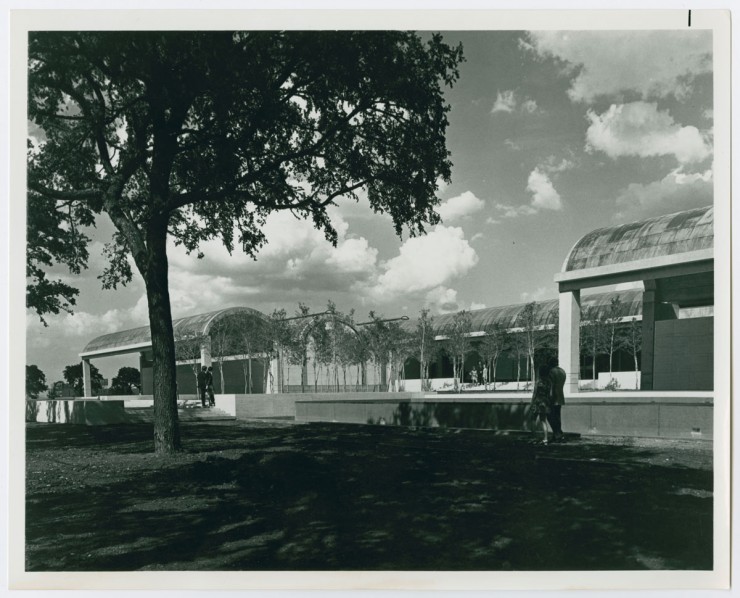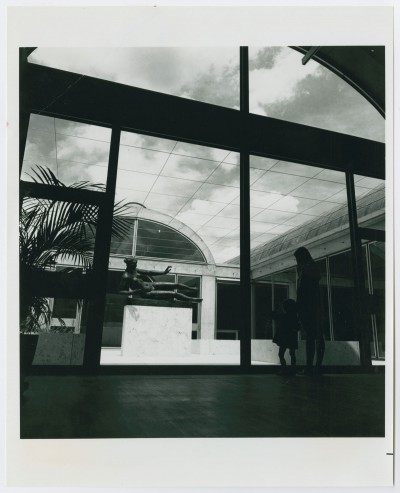You can’t visit DFW without visiting Fort Worth’s Kimbell Art Museum. The museum’s permanent collections are impressive and free to view, and the touring exhibits are exciting and rotated often. This isn’t just a museum for tourists, though. The artistic, the worldly, and the cultured of the Southwest Metroplex pay the Kimbell many a visit throughout the year. It became a staple in our culture when it opened its doors to the public in 1972.
The museum is owned and operated by the Kimbell Art Foundation, which was founded in 1936 by Kay and Velma Kimbell and Dr. and Mrs. Coleman Carter. In 1964, Kay Kimbell died, leaving his fortune to the foundation for the purposes of establishing a museum. Seven months after his passing, the city of Fort Worth donated 9 ½ acres of land in Amon Carter Square, now known as the Cultural District, for the museum site.
Construction of the museum began in 1969 and took place under the directorship of Richard F. Brown. World-renown architect Louis I. Kahn designed the building, which is a piece of art in itself. Kahn received the Gold Medal from the American Institute of Architects and the Royal Gold Medal of the Royal Society of British Architects. The building is composed of a series of cycloid vaults that surround 12,000 square feet of space. The length is greater than a football field, and the building utilizes a unique system of lighting that allows patrons to view the artwork in a light similar to when the artist created it.
The collection policy of the museum is unique. Rather than attempting to portray a complete period of artistic history, the museum simply acquires what it considers to be landmark pieces of art, no matter what time period. The permanent collection includes artwork from all periods and places, including African, American, Pre-Columbian, Asian, and Ancient.
The photographs of the Kimbell Art Museum’s first days come from the Lester Strother Texas Metro Magazine collection. The Texas Metro was largely founded to publicize the Dallas-Fort Worth Airport and the many economic opportunities in the Southwest Metroplex. The collection includes 183 linear feet of articles and photographs from the magazine, as well as other grey literature.





Leave a Reply